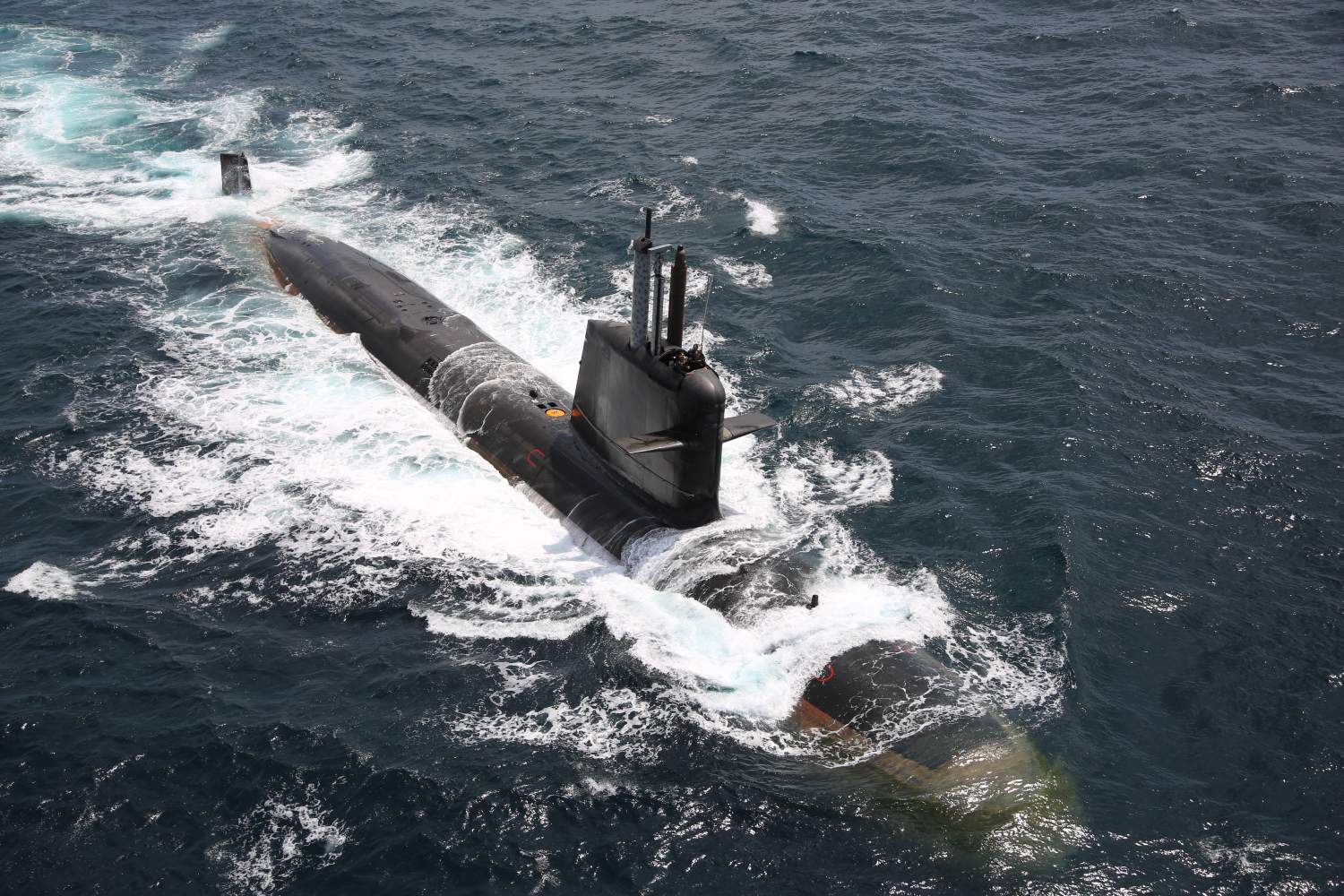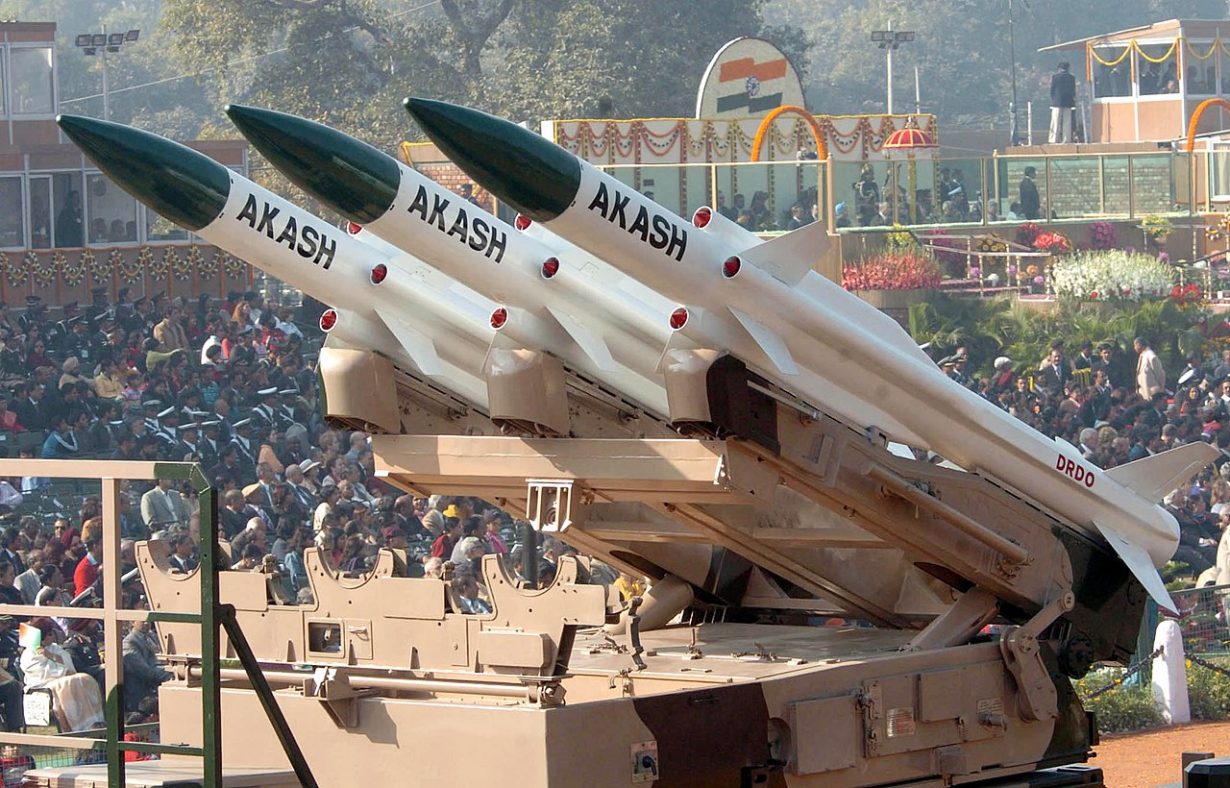Two Brazilian defense delegations will visit India by the end of this month and the beginning of next month. On their agenda will be exploring collaboration for the BrahMos supersonic cruise missile, the Akash surface-to-air missile, and the Scorpene submarines.
Brazil has been keen on setting up joint production hubs with India to manufacture weapons systems for Latin American countries. Brazil’s Embraer has been pitching its C-390 for the Indian Air Force’s (IAF) tender for Medium Transport Aircraft (MTA).
Other areas of collaboration identified have been aircraft manufacturing, satellite building, electronic warfare, and cyber defense. The two countries proposed to leverage each other’s strength in the defense industry while navigating trade embargoes.
The first visit is that of the Chief of the Brazilian Armed Force, Admiral Renato Rodrigues de Aguiar Freire, who will visit India soon. Another delegation is expected to arrive at the end of August. They will be exploring Light Combat Aircraft (LCA) ‘Tejas’ and the WhAP platform. The focus will be on Indian-built missile systems like Akash and Astra.
The only Indian company currently present in Brazil is UP-based MKU Company. MKU has been in Brazil for some years and has executed defense contracts with the Federal Police, Military Police, and the Army.
Last year saw a flurry of visits by officials from both countries. In 2023, the Indian defense industry participated in the LAAD (DefExpo) in Rio. Representatives from the Defence Research and Development Organisation, Bharat Dynamics Ltd., Yantra India Ltd., Bharat Electronics, Mazagon Dock Shipbuilders Ltd., and the Indo-Russian joint venture BrahMos attended the exhibition.
In May 2023, an Indian delegation led by Joint Secretary Anurag Bajpai visited Brazil and met top defense officials. The Brazilian military chief also visited India on a six-day trip.
Brazil is particularly keen on forming a Scorpene club of nations that produce and operate submarines to exchange best practices and technologies. India also operates Scorpene submarines and a Memorandum of Understanding for Mazagon Dock Shipbuilders Limited (MDL) ‘s maintenance of the submarines in Brazil could be finalized.
The delegation coming in September will focus on Coastal Systems. It is expected to finalise the acquisition of Offshore Patrol Vessels from MDL. The mid-life refit of its existing submarine fleet in MDL is also on the cards.
Brazil is developing its first nuclear-powered attack submarine, Alvaro Alberto. The submarine, developed as part of a strategic partnership between Brazil and France, is expected to be launched in 2029. And it could equip the submarine with BrahMos-NG systems.
In an interview at the beginning of 2024, Major-Brigadier Rui Chagas Mesquita, Secretary of Brazilian Defence Products, said: “When we look at India, we seek to work together so that we can also jointly develop finished products and use Brazil as a hub for selling these commonly developed products in the Latin American market.”

The Latin America Defense Market size is estimated at USD 1.38 billion in 2024 and is expected to reach USD 1.78 billion by 2029, growing at a CAGR of 5.30% during the forecast period (2024-2029).
Latin American countries like Brazil, Chile, and Colombia are bolstering their defenses by paying special attention to their land and naval forces.
Colombia wants to strengthen its navy and plans to add two more frigates by 2030. By 2025, the country will have six frigates in its fleet. In the meantime, Peru, Paraguay, and Brazil are looking to replace their fleets of outdated armored vehicles. Since these vehicles give ground forces vital mobility, protection, and firepower, their production is a vital component of the region’s defense economy.
India had intensely lobbied to win the contract to supply fighter jets to Argentina, but US pressure led the Latin American country to buy second-hand F-16s.
Brazil C-390 For The IAF
Brazil has been pursuing the Medium Transport Aircraft tender for the IAF. Brazilian firm Embraer Defense & Security and Indian company Mahindra join hands to manufacture the C-390 Millennium multi-mission aircraft in India. The IAF is looking to induct 40-80 aircraft in line with the Indian government’s Make in India initiative.
The procurement is expected to involve technology transfer and setting up a manufacturing line in the country for high-level indigenization. Hence, the collaboration between Embraer and Mahindra. The C-390 Millenium is a multi-mission, twin-engine, jet-powered, tactical transport aircraft. It entered the Brazilian Air Force in 2019.
Embraer is hopeful that the MTA deal will pave the way for joint manufacturing of civil aircraft in India.
Indian ‘Iron Dome’ Akash SAM For Brazil
Indian “Iron-Dome” Akash Surface-to-Air Missile (SAM) is in the fray to secure an order from Brazil. Even though Chinese Sky Dragon 50 is also competing for the tender, reports indicate that the South American top brass is pushing for a government-to-government deal for the Akash missiles.

Brazilian military chief General Tomas Miguel Mine Ribeiro Paiva suggested a “government-to-government” agreement with India to acquire the Akash anti-aircraft missile system.
The Akash system can effectively engage helicopters, fighter jets, and UAVs flying in the range of 4-25 kilometers. It is fully automatic and has a quick response time from target detection to kill. It is capable of engaging four aerial targets simultaneously at 25 kilometers of range by command guidance using a single firing unit.
It is highly immune to active and passive jamming. It can be transported swiftly via rail or road and deployed quickly. The project’s overall indigenous content is 82 percent, which will increase to 93 percent by 2026-27.
- Ritu Sharma has been a journalist for over a decade, writing on defense, foreign affairs, and nuclear technology.
- The author can be reached at ritu.sharma (at) mail.com
- Follow EurAsian Times on Google News




